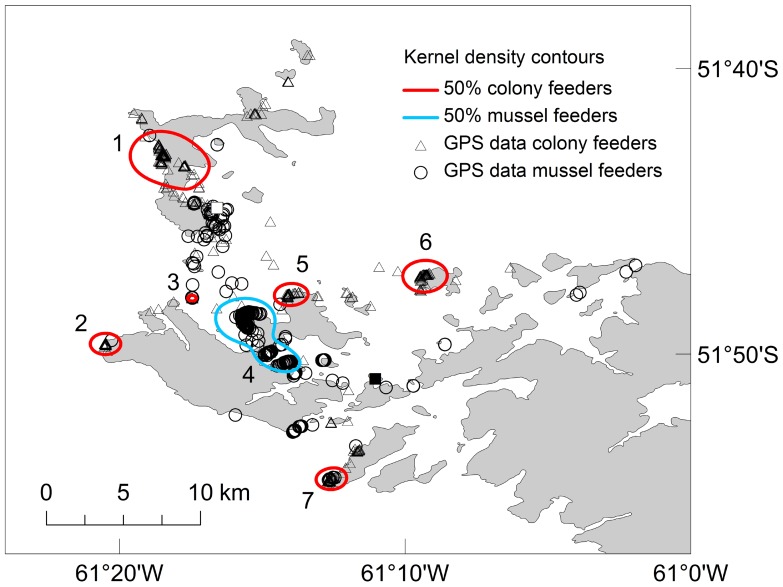Figure 2. Kernel density analyses of GPS data of Dolphin Gulls Leucophaeus scoresbii.
The 50% kernel density distribution of tagged dolphin gulls that repeatedly attended seabird and seal colonies (denoted as ‘colony feeders’; sites 1–3 and 5–7) are marked red. The 50% kernel density distribution of birds that repeatedly attended mussel beds (denoted as ‘mussel feeders’; site 4) are marked light blue. GPS locations of colony feeders are marked with triangles, while those of mussel feeders are marked with circles. Mussels, seals and seabirds present per site: site 1) Imperial Shags Leucocarbo atriceps, Rockhopper Penguins Eudyptes chrysocome, Black-browed Albatrosses Thalassarche melanophris; site 2) Imperial and Rock shags, Fur Seals Arctocephalus australis; site 3) Rock Shags; site 4) Blue Mussel Mytilus edulis chilensis; site 5) Imperial and Rock shags; site 6) Imperial and Rock shags, Southern Giant-petrels Macronectes giganteus; site 7) Imperial and Rock shags. The Dolphin Gull colony at New I. is indicated with a white square. A second Dolphin Gull colony in the region is marked with a black square.

